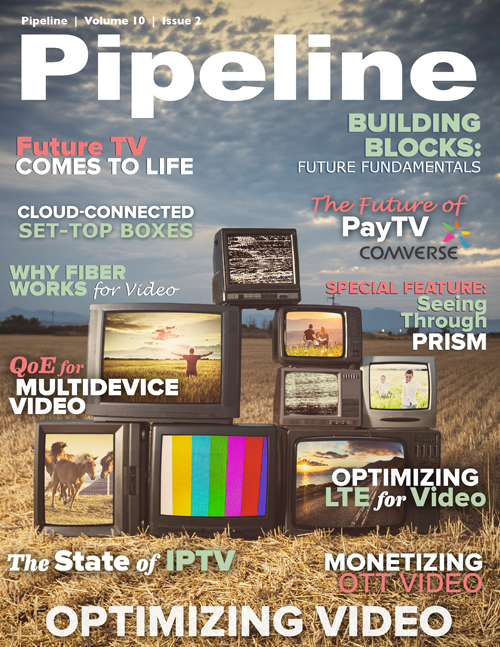Hybrid Set-Top Boxes and the Cloud
Lastly, it’s essential to point out that pay TV is far from an all-IP affair. IP, after all, is the language of the cloud. Video service providers that do offer on-demand content from the cloud via IP are managing two systems simultaneously. Comcast, for instance, delivers its Xfinity On Demand library in two ways: over its managed digital-cable network (aka video over QAM) and over IP, which is how it’s accessed through an Xbox 360 or a mobile device. The industry is trending toward an all-IP delivery platform, but that’s still many years off. To bridge the two worlds in the interim, a device in the home is a necessity.
Say hello to my little friend
Since the new competitive battleground is the hallowed customer experience, top-tier multiple-system operators (MSOs) are unlikely to ditch the STB completely in favor of cloud-delivered variants, not until the service experience of an STB-free platform is compelling and superior. What we’ll see in the meantime are feature-laden hybrid devices that are engineered to be much smaller and faster. They will function as digital lifestyle gateways and open doors to numerous other business models, like home energy and security management.
Diversification into new digital businesses is a crucial competitive strategy for service providers, and sleek devices that support such growth are already in production. In fact, at The Cable Show 2013 Brian Roberts described Comcast not as a content provider and distributor, but as a “technology and innovation company.”
“In the end the set-top box will go away,” said Alex Green, director of TV for BT Retail, at the Connected TV World Summit in London this spring. “I don’t think anyone doubts that.” But until then, instead of evaporating into the cloud, the STB is being completely reimagined, with the progeny of today’s drab rectangles allowing for new opportunities in the digital realm. It’s like comparing a Victrola-sized record player to an iPod Touch: both devices play music, but that’s where the similarities end.



















